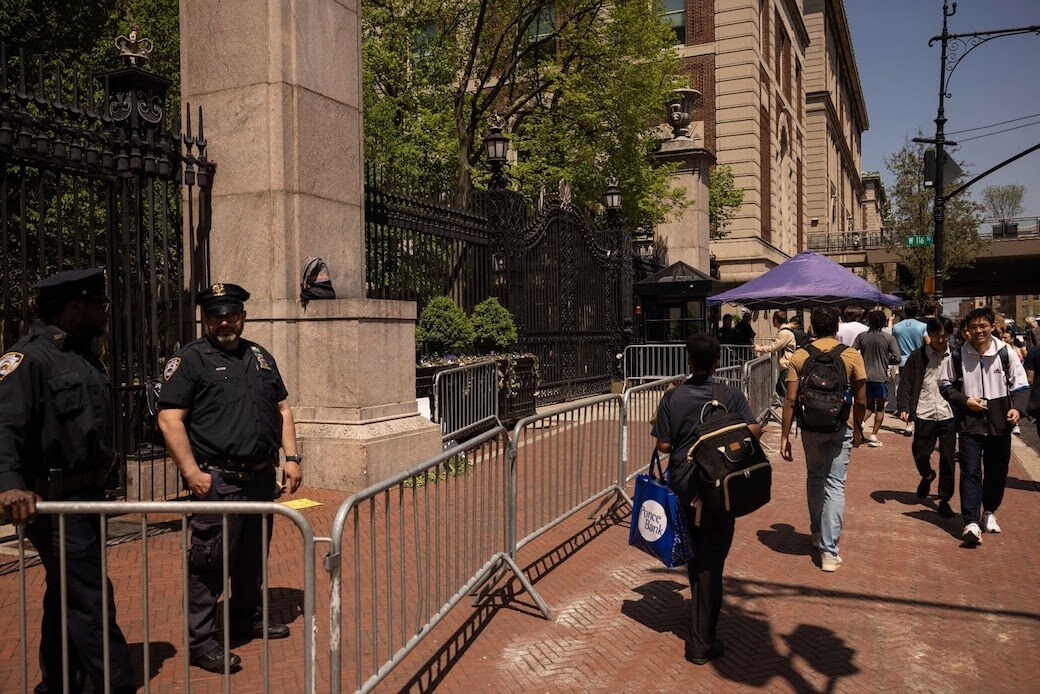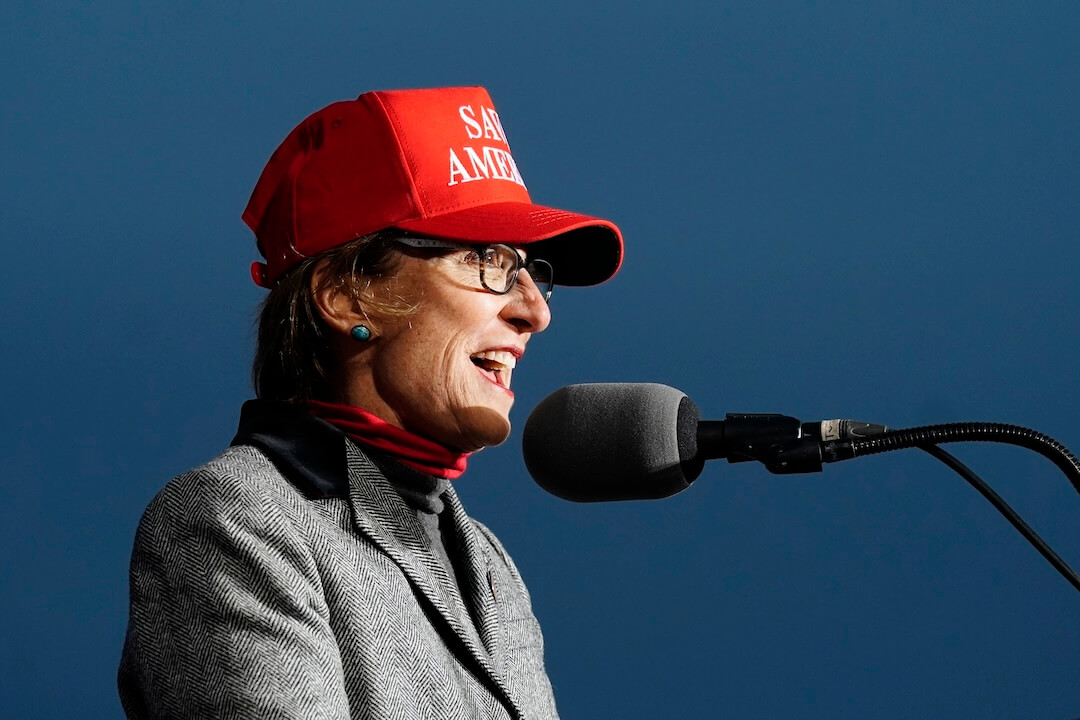[UPDATE: I’ve added comments below that I received earlier today from Lindsey Hoshaw.]
Several hours after I published yesterday’s post about Lindsey Hoshaw’s crowdfunded story in the New York Times, NYU grad student Leah Taylor raised a good question by e-mail: “Do you think something like this is sustainable?”
The key stakeholders in the Garbage Patch story have been exploring the many dimensions of that question over the past year.
No one is suggesting that reader-financed stories will become the dominant means of paying for news. But the project provides a vivid illustration of how the combination of a reporter’s drive, a publisher’s flexibility and an innovator’s imagination can fill gaps left by journalism’s crumbling old business models.
New York Times Public Editor Clark Hoyt told me in an e-mail Tuesday:
Cohn also credited Hoshaw, describing her in a sum-up post on the project as “an ideal Spot.Us reporter.” He added:
Just as Hoshaw emerged as ideal reporter for this kind of undertaking, Cohn argues that the Times responded to his proposal in ways he wishes other news organizations would emulate:
“Where many pitches go awry this one excelled and for that I must give praise to the NY Times. In most Spot.Us experiences the larger a news organization, the slower it is to get approval to try something with Spot.Us because of how radically different our approach to journalism is. In past attempts with mainstream organizations I’ve sat in countless meetings only to spin wheels. Those experiences are actually the inspiration for this blog post, ‘News Organizations In a Battle Against Inertia.’ “
“My hat is off the NY Times. They interfaced with Spot.Us as if they were a lean and mean startup. I spent half a day at the Times talking with various decision makers who agreed to entertain the idea further if we drafted a pitch. Once the pitch was approved all we had to do was make it live and let them know. I am still in awe of that experience. It contrasts with everything I’ve experienced with other larger media organizations and it is a testament to why the NY Times is not just the paper of record — but also leading the charge into the digital future.”
[UPDATE] Hoshaw told me by e-mail earlier today that she was struck by the engagement in the story by her benefactors:
In his blog post and in a follow-up e-mail I quoted yesterday, Cohn described some lessons learned, including the need for a more flexible interface for Spot.Us.
One of the more interesting stories behind the story — Bette Midler’s $2,000 contribution to the Garbage Patch reporting via her assistant — illustrates the need to tweak the donation system to reveal actual donors as opposed to intermediaries.
Transparency is especially critical in new funding models that involve stakeholders doing things they wouldn’t have before. Among the more striking examples in this case: Clark Hoyt’s $50 contribution to the Spot.Us fund for the Garbage Patch story.
In our e-mail exchange yesterday, I asked him about that contribution, and he responded:
From the start, Cohn has offered Spot.Us as a resource for news organizations to use in paying some of its bills. In his blog post, he also points out that there are “other ways to support reporters beyond whipping out a wallet: “Distributed reporting can be huge and Spot.Us should dabble in this. Perhaps we will shift from ‘community-funded reporting’ to ‘community-powered reporting’ or ‘community-supported reporting.’ “
Such expansion makes sense down the road, and some news organizations may very well seek that kind of help from Spot.Us. But for now, Spot.Us and the Times have completed a lot of homework — and performed a valuable test run — for the rest of us.
Isn’t there a newsroom out there that’s held off reporting an important project because of the cost? Isn’t it time to call Cohn?






